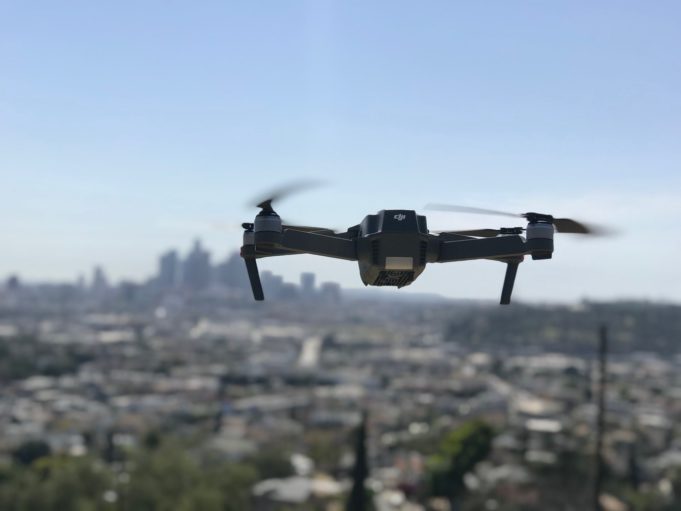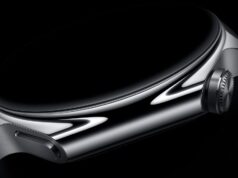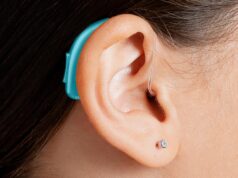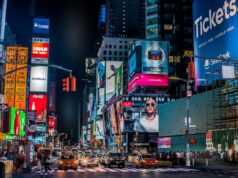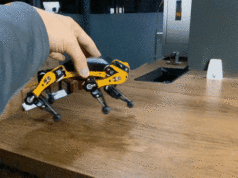With constant advancements in smart technology, autonomous vehicles and artificial intelligence, there’s no denying that the world we live in is developing at a rapid pace.
Using this past and present tool, it’s easy to see just how much our urban landscapes have evolved and transformed into the dynamic metropolises we know today. But have you ever wondered what our cities will look like years from now? Here are some predictions of what might lie ahead.
Smart buildings
We’re already seeing a shift towards sustainable buildings in cities like London, with many forward-thinking companies using renewable sources to create self-sufficient premises. Given the increasing popularity of this trend, it’s likely to become even more prevalent in coming times.
Whether it’s a library, hospital or office, buildings will be designed to operate at optimum efficiency, using smart technology to gather data and control things such as lighting, temperature, ventilation and security. Not only will these intelligent systems generate significant cost savings by minimising energy consumption, but they can also help to improve the well-being of the people using them. In the more distant future, these intelligent buildings may even be able to interact with the city’s infrastructure to create a ‘smart city’.
More efficient transport
Public transport will change dramatically, with fixed train and bus routes becoming redundant. Instead, we’ll be able to order autonomous vehicles to pick us up and drop us off at our exact destination. These self-driving means of transport will also be able to park themselves. People travelling in the same direction will share journeys and a fee will be deducted when you leave via a scanning system on your phone.
This super-efficient, multi-user transport system will add valuable time to your day. There will be no delays and you won’t need to find a parking space, meaning you can use the extra time to catch up on work or take some time to relax. It’ll also result in fewer cars on the road, which is good news for the environment.
A streamlined shopping experience
The way we shop is on the brink of change, highlighted by the rise of online shopping and the increasing number of retailers using innovative technology such as digital displays. Take this a step further, and imagine being able to see how clothes look on you without setting foot inside a changing room.
Augmented reality mirrors, or virtual reality dressings rooms, will make shopping a much more streamlined process. When you visit a shop, they’ll already have access to your personal information through artificial intelligence, such as your size and preferences. This will allow retailers to provide a highly personalised, time-efficient shopping experience.
While we can never fully know what our future cities will look like, we can be sure that there will be many more exciting and innovative developments in store.


